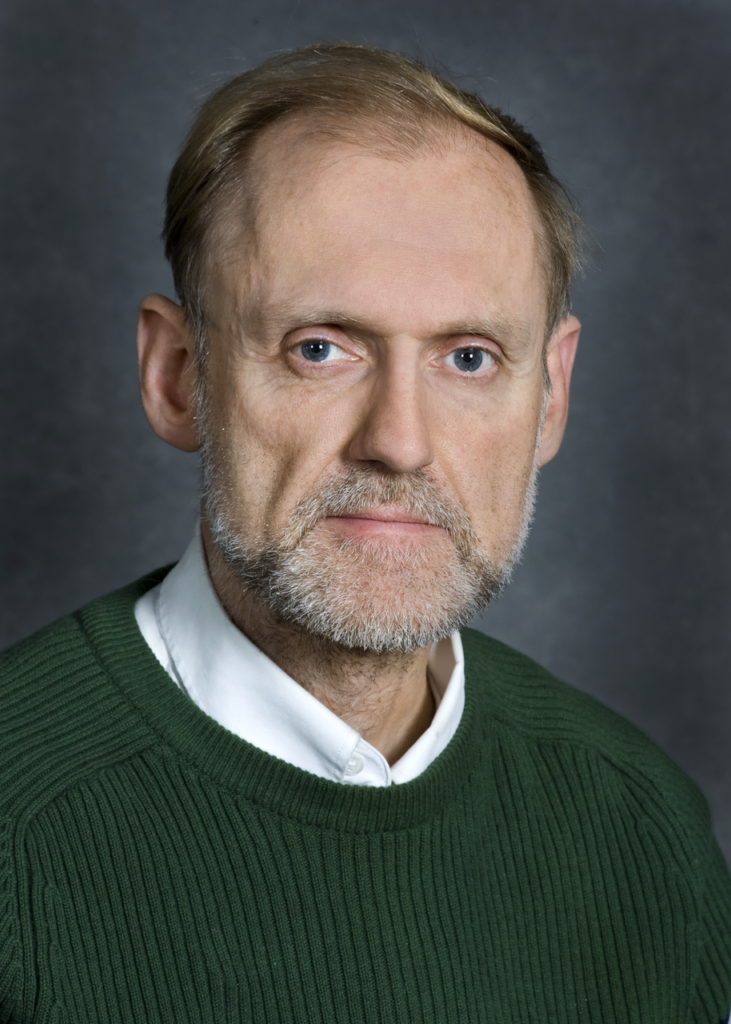 Alastair MacDowell has been central to the success of the ALS for the last 24 years. He started in synchrotron x-ray science in the UK, where on the world’s first dedicated facility he pioneered many of the techniques used today. He was then hired by Bell Labs, where he pioneered EUV lithography, which is now at the heart of state of the art chip making. He came to ALS in 1996, at a time when the ALS program was very weak, confirmed by a highly negative review by the Birgeneau Committee. It was realized that ALS needed to rapidly expand the facility into new areas of interest to a much wider scientific community, and MacDowell was central to this effort. In a series of pioneering experiments, he demonstrated the potential of ALS in medium and hard x-ray energy science, including protein crystallography, high pressure geo-science, micro-x-ray diffraction, micro x-ray absorption spectroscopy, tomography, small molecule chemical crystallography and several other areas. These demonstrations led to funded projects that he then headed up, rapidly building a robust and flourishing program. Of particular note is his work that led to the buildup of the 8 protein crystallography beamlines we have today.
Alastair MacDowell has been central to the success of the ALS for the last 24 years. He started in synchrotron x-ray science in the UK, where on the world’s first dedicated facility he pioneered many of the techniques used today. He was then hired by Bell Labs, where he pioneered EUV lithography, which is now at the heart of state of the art chip making. He came to ALS in 1996, at a time when the ALS program was very weak, confirmed by a highly negative review by the Birgeneau Committee. It was realized that ALS needed to rapidly expand the facility into new areas of interest to a much wider scientific community, and MacDowell was central to this effort. In a series of pioneering experiments, he demonstrated the potential of ALS in medium and hard x-ray energy science, including protein crystallography, high pressure geo-science, micro-x-ray diffraction, micro x-ray absorption spectroscopy, tomography, small molecule chemical crystallography and several other areas. These demonstrations led to funded projects that he then headed up, rapidly building a robust and flourishing program. Of particular note is his work that led to the buildup of the 8 protein crystallography beamlines we have today.
ALS today is a powerhouse for structural biology. Not only is it now a world leading center, its presence helped attract world leading faculty to campus. His work in x-ray microdiffraction led to a dedicated beamline partly funded by Intel, which helped solve the long standing problem of electro migration, that at the time threatened the continuation of Moore’s Law. His work in x-ray tomography and in particular imaging materials under strain, pressure and high temperature has been revolutionary, enabling advances in subjects from the strength of ceramic composite materials used in the latest generation of jet engines, through work on ablative materials for spacecraft, to carbon sequestration. This work took ALS from a weak facility with little local interest, to a world leading facility that touched almost all corners of the lab. In total, approximately half of the beamlines at the ALS have been built or heavily influenced by MacDowell.
He was recognized as a genius in experimental physics by Bell Labs, and so it has turned out to be at the ALS. This success led to a stable period, where the original vision of the source as a world leading soft x-ray source for electronic structure determination and chemistry could be realized. MacDowell also has contributed strongly to ALS in the modern era, and leads a team constructing the world’s most advanced x-ray spectroscopic instrument for resonant inelastic scattering, approximately a $10M construction project. He also has a major role in the ALS-U project where he is responsible for the bending magnet beamlines. The strategy of building up a robust hard x-ray program that became central to many divisions across the lab, so that space and time could be given for the growth of the soft x-ray program was brilliantly successful and much is down to the ingenuity, foresight and drive of Alastair MacDowell.
